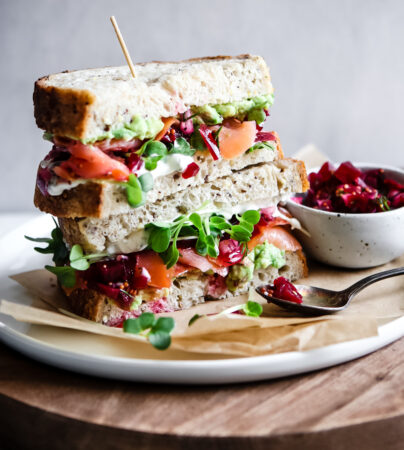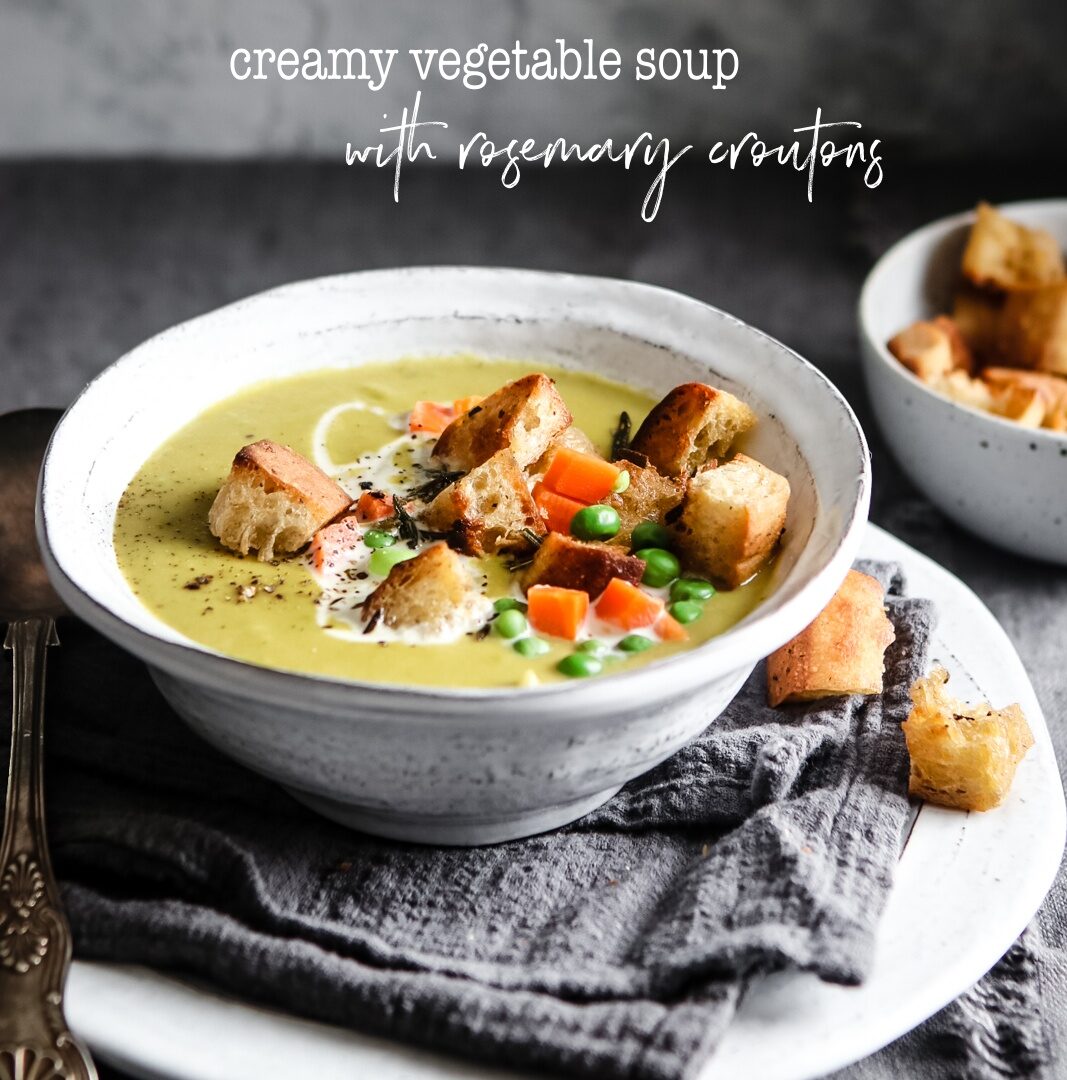Food styling is a very niche career, and the big question is: How do you even start that career path?

For Lovoni Walker, it was by studying culinary arts before getting into the publishing industry. Originally from Sydney, Australia, Walker moved to North America, where she’s been working for the past 20 years. Walker has co-authored more than a hundred cookbooks while solo-authoring six of her own, including one self-published, titled ‘Simple, Fresh, Delicious.’ This book led to her getting her own cooking show in Canada that was on air from 2007-2011 where she got to travel all over for the job. Walker wears many hats, including being a cookbook author, food editor, and TV personality, but has also been a food stylist for decades. She was styling back when food photography was shot on black-and-white Polaroids, and she’s still styling today.
For someone just starting out, there isn’t one set way to pursue food styling. Of course, food-related experience is great, but college is not required for this role. “You should really know how to cook and be passionate about food,” Walker says. “And you have to be open to shooting anything.”
What a food stylist does is more than cooking and photographing food. “The main role for food stylists is to make the food look as good and as close to the product or recipe as possible,” Walker says. While each food stylist has their own methods to make the food look appetizing, one cheat-trick Walker strongly dislikes is the use of fake food. “I want people to be able to look at a picture and feel that they can replicate that,” Walker says. “If you’re using products that aren’t edible, no one can [recreate] that—I think that is deceitful.”
Finding food-styling jobs can be difficult. Since Walker has been in the food industry for decades, jobs come to her now. For someone just starting out, however, this likely isn’t the case. As such, Walker has some advice on finding food styling jobs:

“Have a website that shows some of your work,” Walker says. She goes on to say that a company will want to see examples of work similar to what they’re looking for. “If it’s a pizza company, they’re going to want to see shots of pizzas.” Other items she thinks would be useful to have in your portfolio are a refreshing drink, ice cream, and some sandwiches. After being booked as a food stylist, the on-set fun begins.
A typical day on set varies depending on what kind of food is being photographed, but Walker says it’s possible to shoot anywhere between three and nine images a day. “You set up how you envision things to look, take a picture, and then tweak it until everybody is happy,” Walker says.

Walker recommends that food stylists have an extensive kit, which includes various spices for garnishes, utensils for staging, and quick fixers for any mishaps that may happen on the job. “You have to think of what could go wrong and prepare for that,” Walker says. “You want to make sure you have everything.”
For some shoots, there will be an assistant food stylist who makes the food. Sometimes, however, the food stylist might be the only person on set who both makes and prepares the food for the shot. Once everyone on set is satisfied with the images, the rest is out of the food stylist’s hands; it is now the photographer and editor’s job to get the images ready for publishing.
Walker goes on to highlight the importance of food stylists knowing their rates before starting on jobs. “I charge an hourly rate for grocery shopping, and then I’ve got a day rate for food styling,” Walker says. She mentions how if the food stylist only provides a day rate, they will book the food stylist for an 8am shoot without a reasonable end in sight—they’ll keep them there well past what should be included. “I’ve learned to put my hours down, because otherwise people will take advantage of you,” Walker says.
While some locations are better to live in for food stylists than others, if you put in the work, Walker says work will eventually find you if you’re proactive. “When you’re in smaller [locations], it’s a good idea to be able to write recipes, test them, and then go to companies showing them you can do that as well,” Walker says. With a final bit of advice, Walker urges, “Don’t be discouraged by the fact you might not hear back [immediately]. You’ve got to keep at it.”
To see more of Lovoni Walker’s work or to book her for a shoot, head to her website FreshHunger.com.




